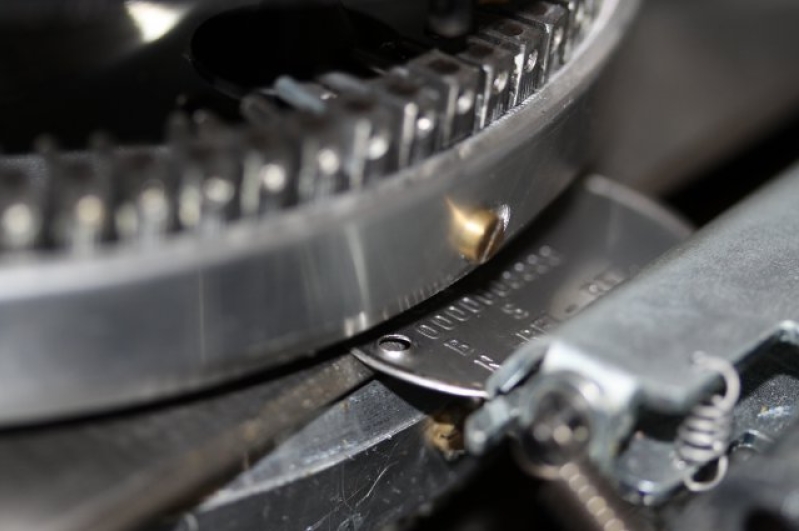
New identification dog tags for U.S. Army personnel to wear around their necks now are being tooled without individual social security numbers, due to security and identity theft concerns. It is the first time in four decades that changes are being made to a century-old piece of hardware for soldiers.
On the new dog tags, the service member's Social Security number will be replaced with a randomly-generated, 10-digit Department of Defense identification number.
"If you find a pair of lost ID tags you can pretty much do anything with that person's identity because you now have their blood type, their religion, you have their social, and you have their name. The only thing missing is their birth date and you can usually get that by Googling a person," Michael Klemowski, Soldiers Programs Branch chief, U.S. Army Human Resources Command, said in an Army press release Tuesday.
The required change was first outlined in the Department of Defense Social Security Number Reduction Plan and the President's Task Force on Identity Theft Strategic Plan in 2007. It has taken the military this long to replace the Social Security number with the 10-digit idea number through a number of systems, Klemowski said.
"Dog tags are highly personal items to warriors of every service and to their families as well," states a Library of Congress tribute to the dog tag produced in 2012, according to a CNN article. "The tag itself individualizes the human being who wears it, despite his or her role as a small part of a huge and faceless organization. While the armed forces demand obedience and duty to a higher cause, dog tags, hanging under service members' shirts and close to their chests, remind them of their individuality."
The tags became part of the Army field kit shortly before World War I. By July 1916, the Army was issuing two of the tags to each soldier, one that would stay with the remains of those lost in battle and one that would go to the burial unit, according to the Armed Forces History Museum.
The tags "bring comfort and help calm the fears of soldiers facing death," the Library of Congress tribute states, allowing them to know they would not be forgotten or become an unknown casualty.
Klemowski said the change would not be immediate for all soldiers.
"We are focusing first on the personnel who are going to deploy. If a soldier is going to deploy, they are the first ones that need to have the new ID tags," he said in the Army release.
Staff Sgt. Kristen Duus, a Soldier with the Defense POW/MIA Accounting Agency, said she thinks the update is a good one. "Identity theft is a very real threat for us right now."







